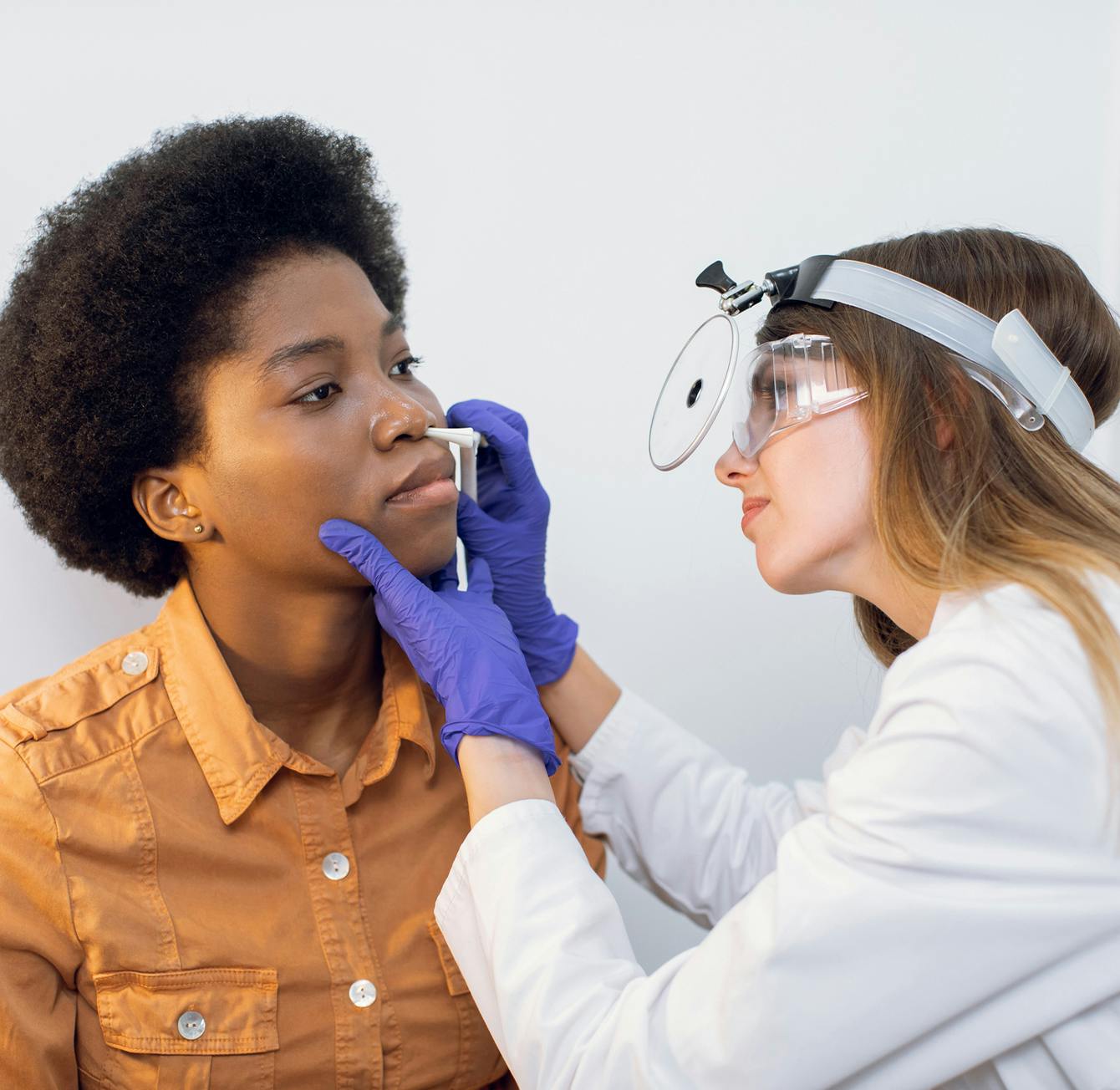For some patients with chronic or recurrent sinus infections, sinus obstruction, or nasal polyps, the doctor will recommend sinus surgery. Usually these patients have been treated with multiple antibiotics and other medications and have been evaluated for allergies, but have persistent symptoms.
Post-Surgery Treatment
Risks of surgery include bleeding, formation of scar bands, recurrent sinusitis in the opened sinuses or progression of sinusitis to involve other sinuses, and recurrent growth of polyps. Rare risks include reactions to anesthesia, spinal fluid leak, decreased sense of smell, or injury to the eye socket resulting in pain or decreased vision.
Recovery typically involves nasal packing that is removed a day or more after surgery. One can expect a few days of bloody nasal drainage and post-nasal drip. Saltwater (saline) sprays and irrigations are used for two weeks or more. Follow-up in the office for endoscopic cleaning is important to ensure proper healing.




